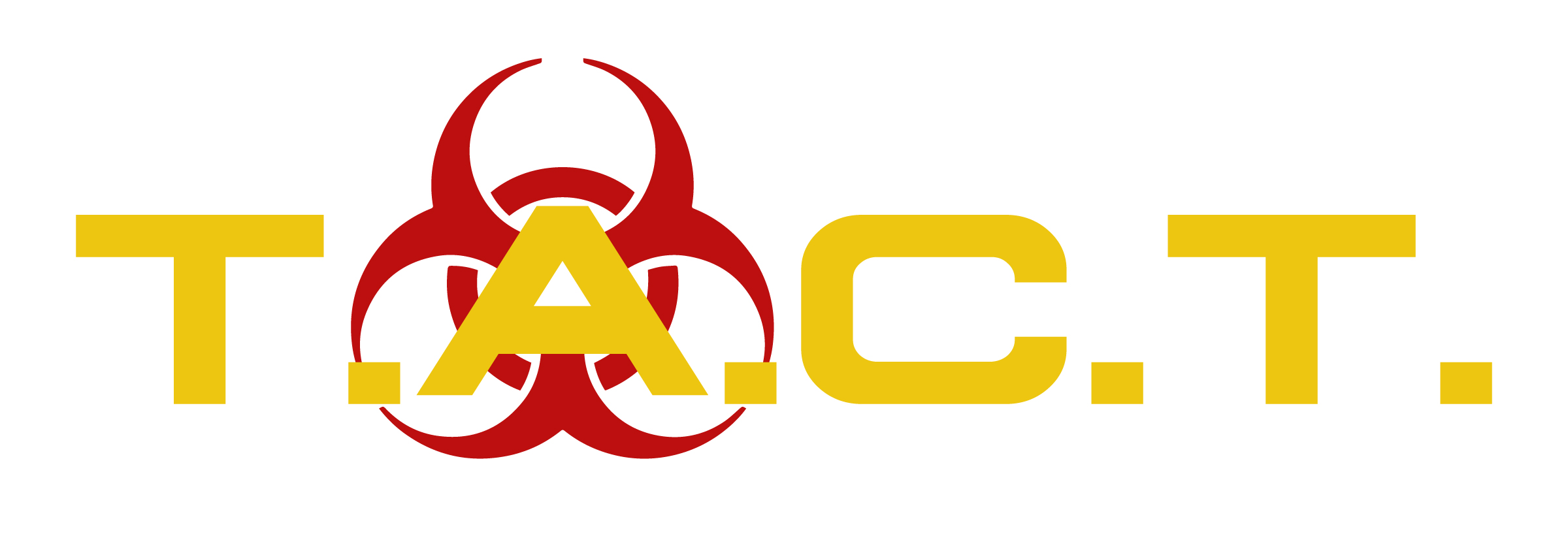How to Mitigate Mold in Your Home Effectively

Best Strategies to Mitigate Mold in Your Home Effectively
Mold in your home isn’t just unsightly—it can pose a significant risk to your property and health. Left unchecked, mold can lead to costly repairs, damaged goods, and serious health problems for you and your family. But don’t panic; there are effective steps you can take to keep mold at bay, remove it safely, and prevent it from returning.
This comprehensive guide explores the best strategies for mitigating and remediating mold in your home. By the end of this post, you’ll gain a deeper understanding of how mold grows, how to tackle it effectively, and how to ensure your home stays mold-free in the long term.
Understanding Mold Growth and Its Impact
What is Mold Mitigation?
Mold mitigation is the proactive process of preventing mold from taking root and spreading in your home. It focuses on controlling moisture levels and ensuring mold spores don’t have the conditions they need to thrive.
Prevention over cure: Mitigation emphasizes stopping the problem before it takes hold. It can save you from more serious, costly, and dangerous mold infestations down the line.
Healthy living environment: By reducing mold’s impact, you can enjoy a cleaner, safer space for your family.
Mold Remediation Process
When mold has grown beyond the mitigation stage, remediation becomes necessary. This involves removing existing mold from affected areas and restoring these spaces to a clean, safe condition.
Here’s what the typical mold remediation process looks like:
Assessment: Identify where the mold is growing and the extent of the infestation.
Containment: Seal off the area to prevent mold spores from spreading further.
Removal: Safely remove mold and affected materials following proper guidelines.
Elimination of sources: Fix moisture issues to prevent future mold growth.
Proper remediation ensures that mold is fully eradicated and reduces the chances of recurrence.
Identifying and Assessing Mold Growth
Not all mold growth is immediately visible. Early identification is crucial to tackling the problem before it worsens.
Who Can Be Affected by Mold in Their Home?
Mold doesn’t discriminate, but certain individuals are more vulnerable to its effects:
Children: Developing immune systems make them more susceptible.
Elderly individuals: A weakened immune system increases their risk of health issues from mold exposure.
People with respiratory conditions like asthma or allergies can experience aggravated symptoms.
Pets are equally at risk and can develop health problems from mold exposure.
Assessing Mold Growth and Spores
Getting a handle on the situation requires a thorough assessment.
Consult professionals like a trained Mold Removal Specialist (MRS) for a comprehensive evaluation.
Document the damage with photos and notes for insurance purposes.
Isolate the area to prevent mold spores from traveling to unaffected spaces.
Find the source of the moisture that is encouraging mold growth, whether it’s a hidden leak, poor ventilation, or another issue.
Preparing for Mold Remediation
Mold Removal Safety Precautions
Tackling mold can be hazardous if proper safety measures aren’t followed.
Wear protective gear, including gloves, goggles, and a mask.
Always use a HEPA vacuum to clean up mold debris and spores.
Make sure the workspace is well-ventilated but contained to prevent spores from spreading.
Isolating the Affected Area
Preventing mold from spreading to other areas of your home during remediation is critical.
Seal the affected space using plastic sheets or tarps.
Close off ventilation openings to block spores from circulating throughout the house.
Mold Remediation Techniques
Removing Affected Building Materials
Certain building materials, such as drywall or insulation, can become infested with mold and require removal.
Follow EPA guidelines for removing and disposing of mold-contaminated materials.
Spray down removed items to kill spores before packaging and sealing them.
Cleaning and Disinfecting
Not all materials will need to be removed—some can be cleaned.
Use brushes, wipes, and detergent solutions to scrub away mold.
Be sure to dispose of cleaning tools and materials following local safety guidelines.
Preventing Future Mold Growth
Controlling Moisture
Mold thrives in damp conditions, so reducing moisture levels in your home is key to prevention.
Fix leaks and address water damage immediately.
Use dehumidifiers in damp areas like basements or crawl spaces.
Ensure good ventilation by installing fans in spaces like bathrooms and kitchens.
Sealing Affected Areas
Seal previously affected areas to prevent future mold growth:
Use mold-resistant paints or coatings to protect surfaces.
Invest in high-quality ventilation systems to combat lingering humidity.
Post-Remediation and Maintenance
Complete Drying of the Space
Drying the treated space is critical following mold remediation work.
Use fans, dryers, or professional equipment to bring humidity levels down to a safe range.
Monitor the area to confirm it meets humidity standards to prevent re-growth.
Regular Maintenance and Inspection
Ongoing vigilance is essential for keeping mold at bay.
Regularly inspect your home for signs of moisture buildup and mold.
Address any leaks or flooding promptly to avoid new infestations.
Consider scheduling yearly professional inspections and maintenance to stay ahead of any potential problems.
Here’s to a Safer, Cleaner Home
Mold problems can feel overwhelming, but with proper strategies for mitigation, remediation, and prevention, they are entirely manageable. By following the steps above, you’ll not only keep your home healthy and safe but also save yourself stress and money in the long run.
If you’re dealing with mold or want to protect your space from future issues, our expert team is here to help. Contact us today for a consultation and expert guidance tailored to your needs. Together, we can ensure your home remains a clean, mold-free haven.
Latest news

Nosy neighbors peeking? T.A.C.T. North Atlanta offers discreet biohazard remediation for rodent infestations, mold, hoarding, and more. Unmarked vehicles, quiet experts, full privacy—24/7 service at 470-781-4775.
Read More

